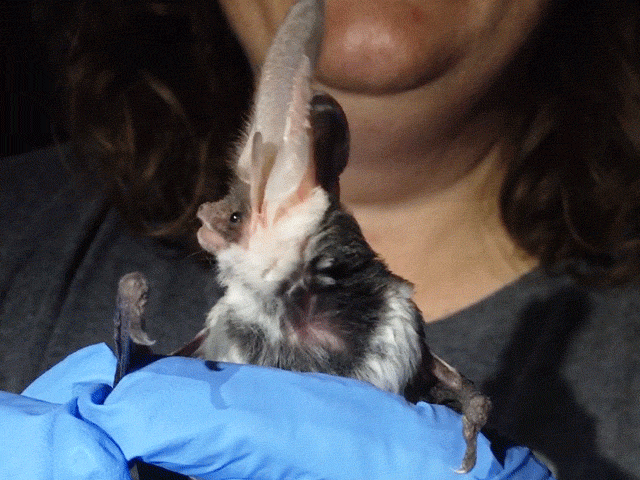- Type: Article
- Locations: Acadia National Park, Catoctin Mountain Park, Chesapeake & Ohio Canal National Historical Park, Death Valley National Park, Devils Tower National Monument, more »
- Offices: Mojave Desert Inventory & Monitoring Network, Northern Great Plains Inventory & Monitoring Network
- Type: News
- Locations: Antietam National Battlefield, Harpers Ferry National Historical Park, Monocacy National Battlefield
- Date Released: 2024-04-23
During recent white-tailed deer reduction operations and subsequent disease sampling at Harpers Ferry National Historical Park, two deer tested positive for Chronic Wasting Disease (CWD). Both animals were from the Jefferson County, West Virginia portion of the park. This is the first CWD-positive detection at Harpers Ferry National Historical Park.
- Pea Ridge National Military Park
White-tailed Deer Tests Positive for Chronic Wasting Disease in Pea Ridge National Military Park
- Type: News
- Locations: Pea Ridge National Military Park
- Date Released: 2024-04-17
During recent white-tailed deer herd health sampling at Pea Ridge National Military Park, the National Park Service (NPS) received positive test results for Chronic Wasting Disease (CWD). One male deer tested positive, which is the first CWD-positive detection within the Military Park. However, CWD has been present in Arkansas since 2016 and in Benton County since 2018. In accordance with the park’s Deer Management Plan, the Military Park will begin deer reduction operations in the fall. Pea Ridge National Military Park and others in the region reduce deer populations to protect and restore native plants, promote healthy and diverse forests, and preserve historic landscapes, in addition to slowing wildlife disease transmission rates. There is currently no evidence that CWD can infect humans, pets, or livestock. However, it is recommended that tissues from CWD-infected animals not be eaten. The venison from the deer that tested positive for CWD was destroyed.
- Type: Article
This article features the Yuma myotis bat, one of numerous bat species in the Mojave Desert. The article highlights this species habitat and range, behavior, diet, reproduction and life history, the threat it faces from the disease White Nose Syndrome (WNS), why bats are important, and how the National Park Service is managing bats - including monitoring, public outreach and education, and taking action to reduce the spread of the fungus that causes WNS.
- Type: Article
- Locations: Carlsbad Caverns National Park, Chiricahua National Monument, Coronado National Memorial, Fort Bowie National Historic Site, Gila Cliff Dwellings National Monument, more »
- Offices: Chihuahuan Desert Inventory & Monitoring Network, Sonoran Desert Inventory & Monitoring Network, Southern Plains Inventory & Monitoring Network

The American bullfrog is a great threat to aquatic ecosystems in the Southwest. They are voracious predators of aquatic animals and carry diseases that kill native species. We will implement three main actions in this project funded by the Inflation Reduction Act, Invasive Species Grant: bullfrog control, native species recovery and reintroduction, and development of early detection/rapid response protocols for bullfrogs.
- Type: News
- Locations: Antietam National Battlefield, Monocacy National Battlefield
- Offices: Region 1: National Capital Region
- Date Released: 2024-03-05
During recent white-tailed deer reduction operations and subsequent disease sampling at Antietam and Monocacy national battlefields, the National Park Service (NPS) received positive test results for Chronic Wasting Disease (CWD). Two deer tested positive at Antietam and one at Monocacy. These are the first CWD-positive detections for national parks in the state of Maryland. However, CWD has been present in Maryland since 2010.
- Craters Of The Moon National Monument & Preserve
Bats at Craters of the Moon
- Workforce Management
National Park Service Conservation: From Bats to Buildings
- Type: Article
Collecting soil samples at Lost Lake which are utilized to isolate potentially beneficial, naturally occurring bacteria from the boreal toad’s environment.
Last updated: July 25, 2023





